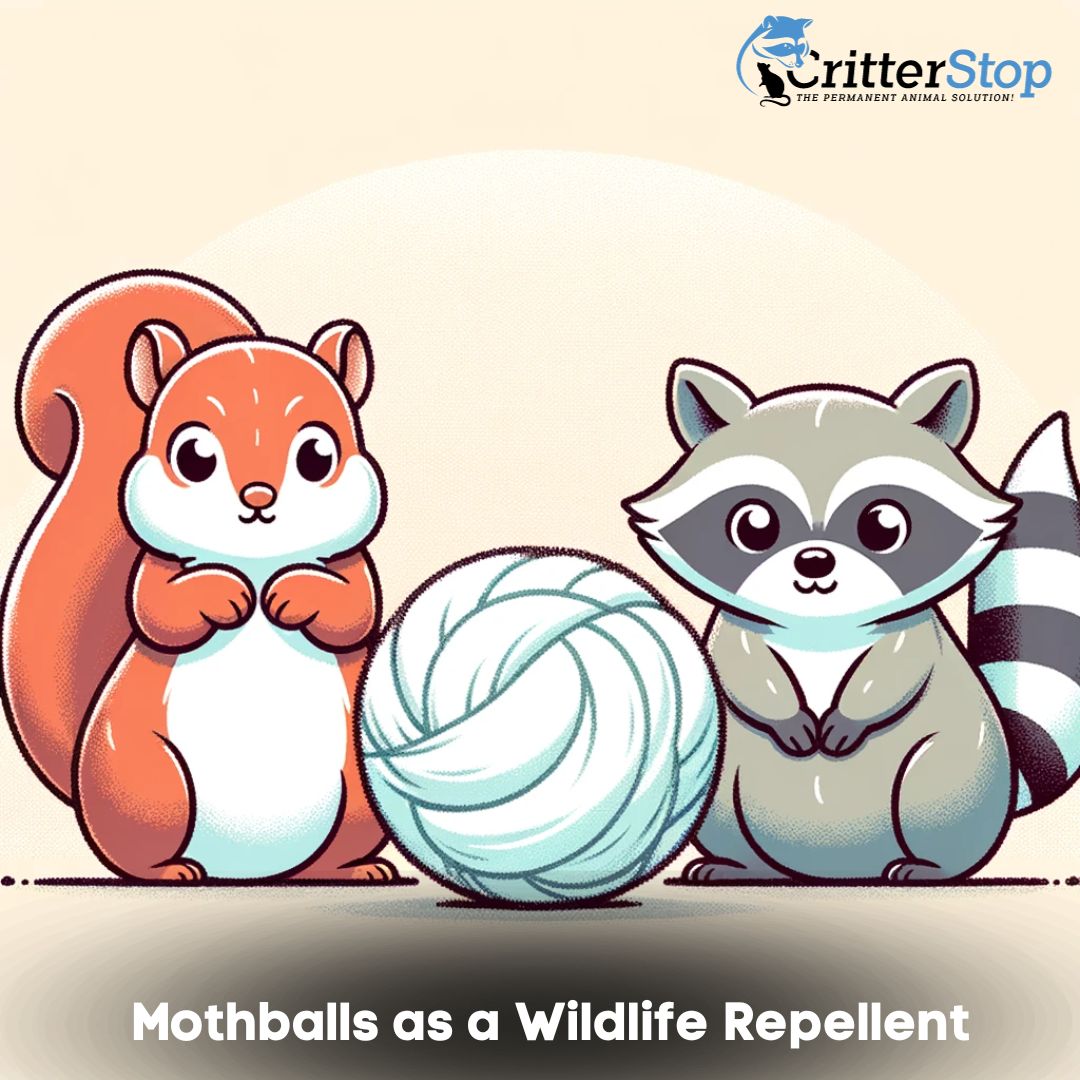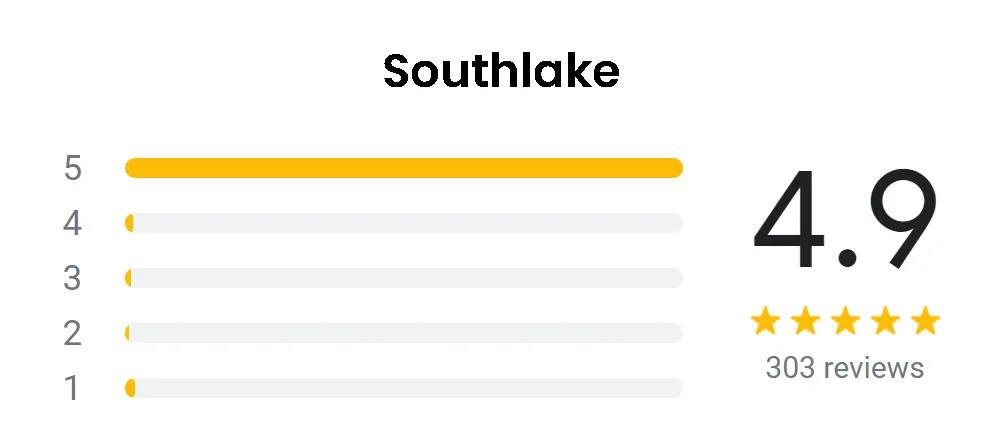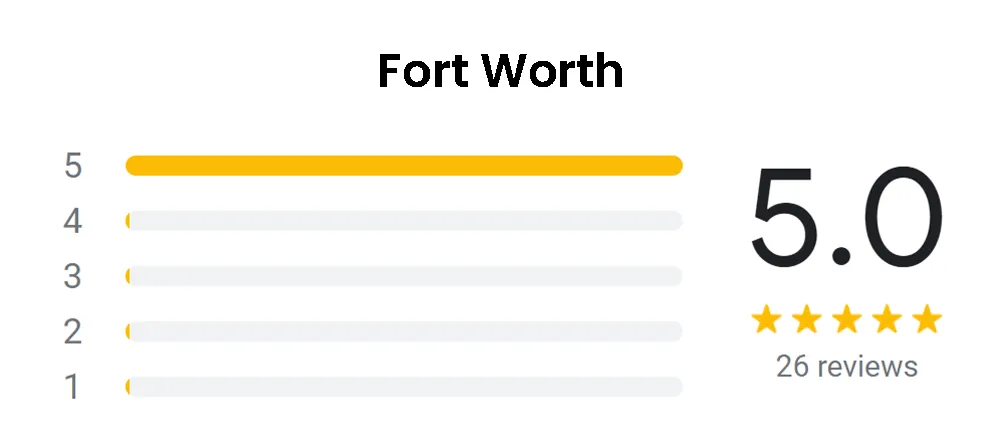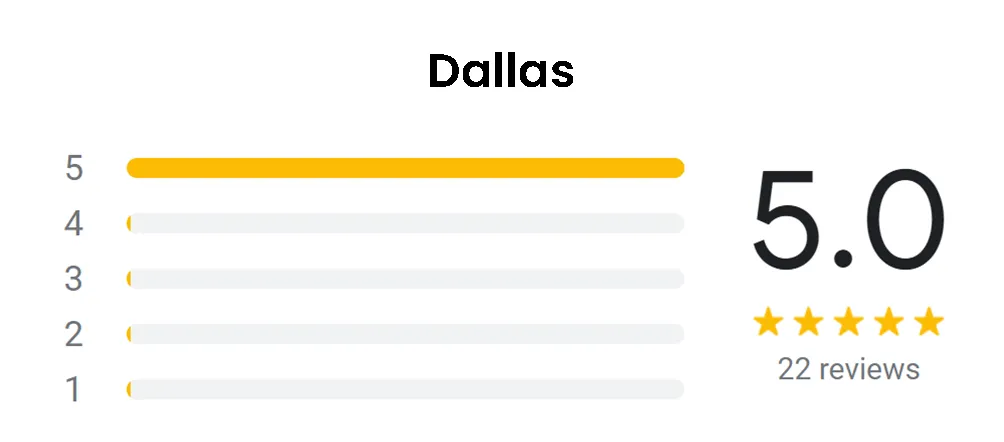
Mothballs have been used for decades as a way to repel pests like mice, rats, and snakes. While mothballs are often touted as a natural and safe way to repel pests, the truth is that they can be toxic if ingested. Discover with Critter Stop everything abbout Mothballs.
Mothballs contain chemicals like naphthalene and paradichlorobenzene, which can cause health problems if they are inhaled or ingested. In addition, some pests may develop resistance to mothballs over time, making them less effective.
Despite these concerns, many people continue to use mothballs as a way to repel pests like squirrels, skunks, and raccoons. Unfortunately, the serious harm that can be caused by the toxic vapors, pesticide fumes, or other dangerous pesticides by harsh repellents or poisons are not enough to deter their use. Unfortunately, many customers are willing to go to great lengths to get ride of mice in their home and fix their mouse problem - or other critter problem - once and for all.
Ultimately, the effectiveness of mothballs for repelling pests may depend on various factors, including which nuisance wildlife animal or pest you are dealing with, the size of the property, and level of the infestation.
Mothballs are commonly used as a wildlife repellent to keep pests such as mice, rats, snakes, and squirrels away from homes and gardens. However, there is limited scientific evidence to support their effectiveness as a wildlife repellent.

Mothballs are basically small compact balls of pesticide chemicals used to prevent or kill moths and other insects. They are typically made from either naphthalene or paradichlorobenzene.
Mothballs have been used for over a century to keep clothes moths and protect clothing and other items from moth damage. Over time, they have also been used as a general insect repellent and as a wildlife repellent.
Naphthalene mothballs release a gas that is toxic to moths and other insects. Paradichlorobenzene mothballs work by sublimating, or turning from a solid to a gas, which repels insects. Both types of mothballs are highly toxic and can be harmful to humans and pets if not handled appropriately.
Mothballs are frequently used to prevent moths from ruining clothes or other items from moth damage. They are also used as a general insect repellent and as a wildlife repellent. However, due to their toxicity, they should be used cautiously and only in well-ventilated areas.
Mothballs are commonly used as a wildlife repellent due to their strong odor, which is believed to deter animals from entering certain areas. The idea is that the strong smell of mothballs will make the area unattractive and dangerous to wildlife and encourage them to leave or avoid the area altogether. Does this actually work though? Let’s dive in.
Some of the wildlife that people commonly use mothballs to repel include snakes, rats, mice, squirrels, skunks, and raccoons. However, there is limited scientific evidence to support the effectiveness of mothballs as a wildlife repellent. In the FAQ section below, we address some of these animals specifically.
While mothballs may be effective in deterring some wildlife, they do have limitations. For example, the odor of mothballs may dissipate quickly in outdoor environments, making them less effective over time. Additionally, the use of mothballs can be harmful to both humans and animals if they are not used properly.
Therefore, it's important to use caution when using mothballs as a wildlife repellent and to consider other options, such as natural deterrents or professional wildlife removal services. It's worth noting that the use of mothballs for wildlife and rodent control, may not be legal in all areas, so we highly advise you check your local regulations before using them.

Two active ingredients in mothballs include naphthalene and paradichlorobenzene, which are harmful to humans and most animals, including domestic pets, if ingested or inhaled in high concentrations. These chemicals can cause headaches, dizziness, nausea, and other health problems. If symptoms escalate, you can contact your local poison control center for additional advice and guidance.
The vapors released by mothballs can cause nose irritation and otherwise harm people with certain health conditions. While this can get rid of mice and other animals, we highly recommend to place mothballs only in the attic and not in living spaces.
In addition, mothballs can pose a choking hazard to small children and pets, who may mistake them for candy or toys.
Mothballs can have a negative impact on the environment and kill non-target wildlife. When used outdoors, mothballs can contaminate soil and water, harming plants and animals. Mothballs can also be toxic to birds, fish, and other wildlife if ingested.
Moreover, mothballs are not effective at repelling all types of wildlife, and may harm beneficial insects such as bees and butterflies. It is safer to start with essential oils, such as peppermint oil, before resorting to more harmful chemical substances such as moth balls.
For these reasons, it is highly recommended that any mothballs not in use be kept in an airtight container. While a tightly closed container should minimize fumes and the foul odor, there is still a risk that toxic vapors leak out. This is why airtight containers are highly preferrable when storing mothballs to simple sealed container.
Due to the potential health and environmental risks associated with mothball use, many states and municipalities have placed restrictions on their use as wildlife repellents. In some areas, it is illegal to use mothballs for this purpose.
It is important to check with local authorities before using mothballs as a wildlife repellent to ensure that you are not violating any laws or regulations.
Overall, while mothballs may be effective at repelling certain types of wildlife, their use should be approached with caution due to the potential health and environmental risks. It is recommended to consider alternative methods of wildlife control and to always follow the manufacturer's instructions when using mothballs.
Moth balls are not the only option when it comes to repelling wildlife. There are a variety of alternatives available on the market, including natural remedies, electronic devices, and chemical repellents.
One natural repellent that is often recommended is peppermint oil. The strong scent of peppermint is said to be unpleasant to many animals, including mice, rats, and squirrels. Other natural options include predator urine, such as coyote or fox urine, and homemade sprays made from chili peppers or garlic.

Electronic devices, such as ultrasonic repellents, emit high-frequency sounds that are designed to repel mice, rodents and other pests. These devices are generally considered safe for humans and pets, but their effectiveness is debated. Rodent control often requires much more.
Chemical repellents, such as those made with capsaicin or ammonia, can also be effective at repelling wildlife. However, these products may be harmful to pets and children, and they should be used with caution.
The efficacy and safety of alternative wildlife repellents can vary greatly. Natural remedies may be less harmful to the environment and safer to use around small children and pets, but they may not be as effective as chemical or electronic repellents.
Electronic devices are generally considered safe, but they are similarly ineffective. We regularly visit customers who have tried an electronic device for many weeks or months with no impact.
Chemical repellents can be effective, but they may also be harmful to pets and children. Cautious application is important though, and it should only be used where it will not come into direct contact with people or pets.
While these repellents and deterrents can sometimes work, they are often just a band-aid solution. They unfortunately do not fix the root of the problem by keeping animals out of the home or commercial building in the first place. While they are an affordable first step, they often cost homeowners and property managers precious time and money by prolonging their critter issue.
Mothballs are a commonly used method for repelling wildlife such as mice, rats keep mice, snakes, squirrels, skunks, and raccoons. However, mothballs are not a foolproof solution and come with several risks and limitations.
Mothballs contain naphthalene and paradichlorobenzene, which are toxic and can be harmful to humans and animals if ingested or inhaled. Secondly, mothballs have a limited range of effectiveness and may not be effective in repelling all types of wildlife. Thirdly, mothballs can be expensive and require frequent replacement to maintain their effectiveness.
While moth balls may be a tempting solution for wildlife problems, it is important to prioritize safe and responsible wildlife management practices. This includes identifying and sealing entry points to prevent wildlife from entering homes or buildings, removing food and water sources, and using humane methods such as live traps to capture and release wildlife.
In addition, it is important to consider the potential harm that toxic chemicals such as moth balls can cause to the environment and other wildlife. Instead of moth balls, homeowners and property managers can consider using natural repellents such as peppermint oil, vinegar, or predator urine.
Overall, while moth balls may offer some benefits as a wildlife repellent, it is important to weigh the risks and limitations and prioritize safe and responsible wildlife management practices. If you live in the Dallas - Fort Worth Metroplex, Critter Stop can help you with that. Give us a call at (214) 234-2616 today for your free inspection and estimate!
Preventative measures are the most effective way to keep wildlife from becoming a problem on your property. Here are some best practices to follow:
If wildlife becomes a problem despite your preventative measures, there are non-harmful deterrents you can use to keep them away. Here are some options:
If preventative measures and non-harmful deterrents are not effective, it may be time to call in a professional wildlife control service. These professionals will be able to safely and humanely remove animals from your property and take steps to prevent them from returning.
It is important to choose a reputable and licensed wildlife control service to ensure that animals are treated humanely and that the problem is resolved effectively.
Remember, it is important to take a humane and responsible approach to wildlife management. Avoid using harmful deterrents or methods that could cause unnecessary harm to animals.
Visit our Critter Library and learn more about our furry friends







